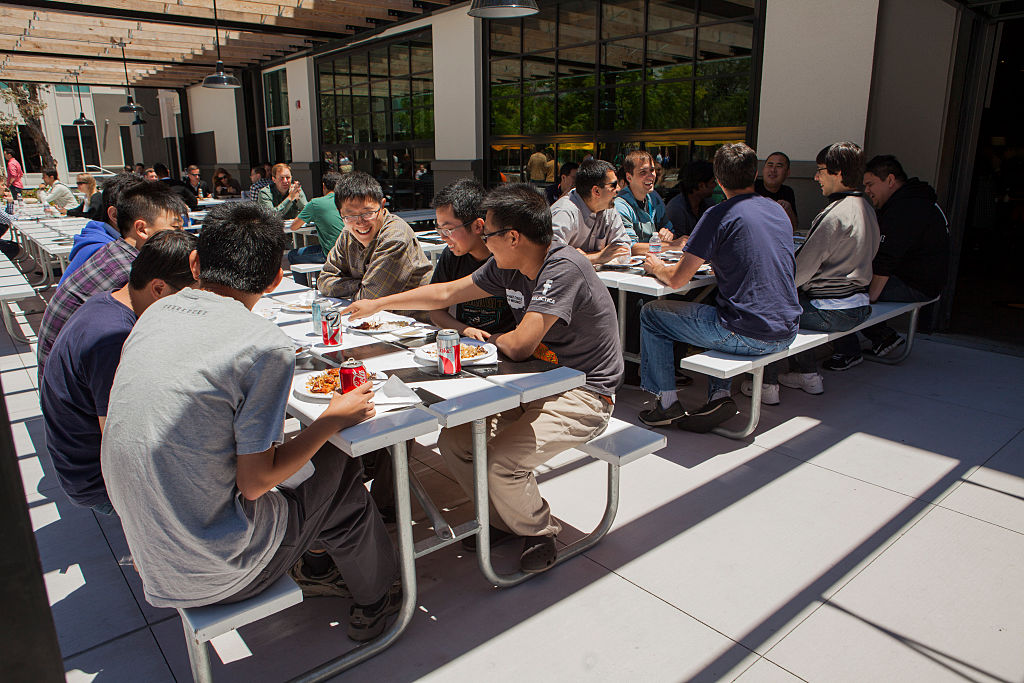The Harvard Study of Adult Development, launched in 1938, famously has found that close relationships are the key to happiness throughout your life, even more than money or fame.
Robert Waldinger is director of the Harvard Study, a psychiatry professor at Harvard Medical School, and co-author of the book The Good Life, which is due out in January. We previewed Waldinger’s upcoming book, which has a chapter on the keys to thriving in the workplace, and asked him what at work really matters for health and happiness. That’s a question many organizations are interested in answering, amid concern about burnout, employee wellbeing, and the different challenges of remote and hybrid work.
Here are excerpts from our conversation, edited for space and clarity:
The Harvard Study focuses on what really matters to people’s health and happiness. What matters in the workplace?
What we find and what now many other studies find is that relationships matter a lot in the workplace. Gallup has done a lot of research that finds—and many other studies do as well—is that the question, ‘Do you have a friend at work? Do you have someone you can talk to about your personal life?’ is hugely important. Only 30% of people say they have a friend at work. And those people are so much more likely to be engaged in their jobs. They’re so much better performers, they’re less likely to leave the jobs they’re in.
People often care about friendships, but also about mentors. Is anyone watching out for you? Is anyone trying to help you find your way as you go through?
And then many of our people, when they looked back on their lives and asked what they were proudest of—say, when they were in their eighties—said, ‘I was a good mentor at work. I really fostered some young people’s careers.’
Do you have any advice for how to encourage friendships at work?
One thing is physical spaces. It’s why the watercooler became this iconic place, why the coffee machine, the snack bar, as well. What the research shows is that if people have repeated casual contact, they’ll often strike up personal conversations and gradually, perhaps with a few people, have more meaningful conversations. So it’s repeated casual encounters—you can set up spaces physically to encourage that.
The other thing I think is that you can literally do things in meetings that promote it. Vivek Murthy, the surgeon general, has a staff meeting where every time one person starts the meeting by sharing something about their personal life, what they love or a hobby or something cool. He found that step is their favorite part of the meeting. You could build it into your meetings: What is something you love that most people don’t know about?
You identified physical spaces as a key ingredient. Are there equivalents that can fill that function virtually? Or does it instead reinforce the idea that people do need to spend time together regularly, even if it’s not five days a week?
Nobody really knows the answer to that question yet. There’s a lot of research that needs to be done on this. We know that in-person interaction provides things that you don’t get virtually. If you think about it, emotion is contagious and so much of emotional communication gets filtered out in remote meetings.
What we do know is that companies are bringing together their workers at least sometimes because the in-person interaction seems to make people feel more bonded, more like a team. It’s harder to feel like a team, to feel like a tribe on Zoom. Maybe you do things like the Vivek Murthy thing of, even on Zoom, for the first five minutes Kevin’s going to tell us about this cool thing he does when he’s not at work or he’s going to tell us about his kids or whatever it might be.
There’s a persistent burnout epidemic that people link to their work. What does your research say about how organizations can address that and try to prevent it?
Our research doesn’t address it directly. But I can tell you about the conditions of human thriving that are probably relevant to burnout.
We know that people talk a lot about boundaries, that this culture of always being on, of you’ll respond to my email at 10pm or on Sunday morning—that culture is a recipe for burnout. Because we know that everybody needs to step away from work.
We know from our study that people need these times to replenish, where they know they are not at anybody’s beck and call. We know there’s this culture in some organizations that the person who’s last to leave the office is the most dedicated, the hero, the strongest worker. And we know that that does not correlate to better performance. In many cases it’s the reverse, that the people who can go home at 5pm and replenish are often better from nine to five.
So a lot of it is looking at workplace cultures and seeing, is this really the unspoken standard that we’re setting that you want to be the last to leave, you want your boss to see that you’re staying late?
Read a full transcript of our conversation. Pre-order The Good Life.
